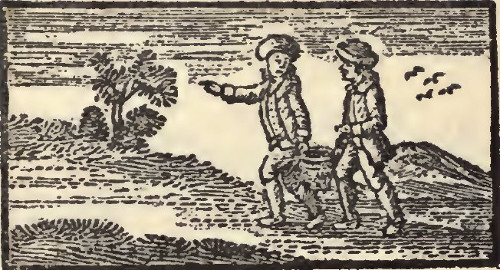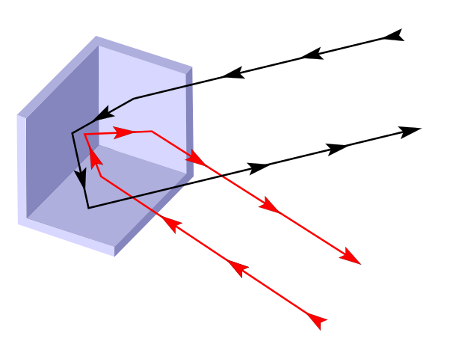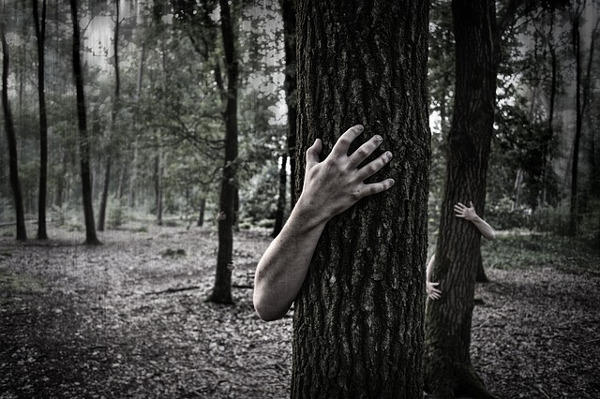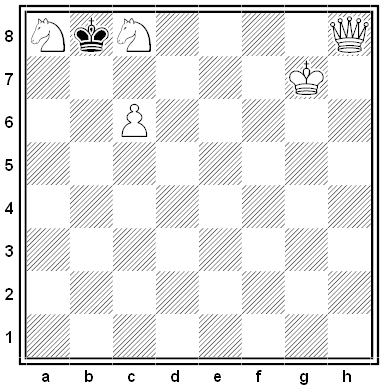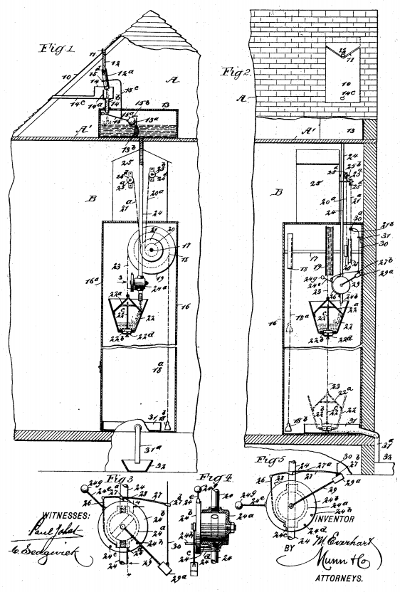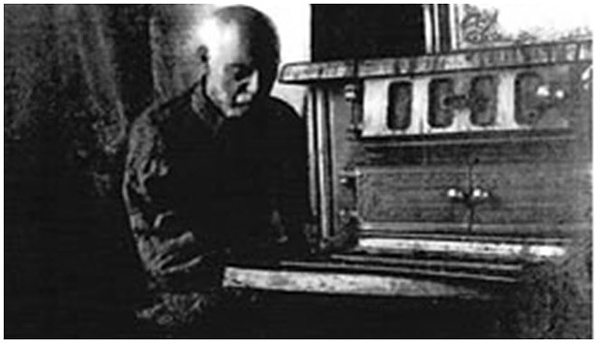Boonville, Calif., has a dwindling language all its own. “Boontling” grew up as a jargon among residents of Anderson Valley around the turn of the 20th century. It includes more than a thousand words and phrases but is dying out among the small population. A brief glossary:
applehead – a young girl
belhoon – a dollar
Bill Nunn – syrup
boshin’ – deer hunting
bucky walter – a pay telephone
can-kicky – angry
dicking – cheating at cards
forbes – a half dollar
glow worm – a lantern
greeley – a newspaper or reporter
harpin’ tidrick – a lengthy discussion
high pockets – a wealthy person
killing snake – working very hard
pearlin – light rain
skee – whiskey
tobe – tobacco
walter – a telephone
zeese – coffee
“A few of us try to keep our skills sharp on the teleef [telephone],” resident Bobby Glover told the San Francisco Chronicle in 2001. “We’re adding new words now that the old-timers are gone.”
Thanks to the efforts of a number of researchers, the jargon has been pretty well documented now — the Chronicle even managed to translate “Old Mother Hubbard”:
The old dame piked for the chigrel nook for gorms for her bahl belljeemer
The gorms had shied, the nook was strung, and the bahl belljeemer had neemer.

